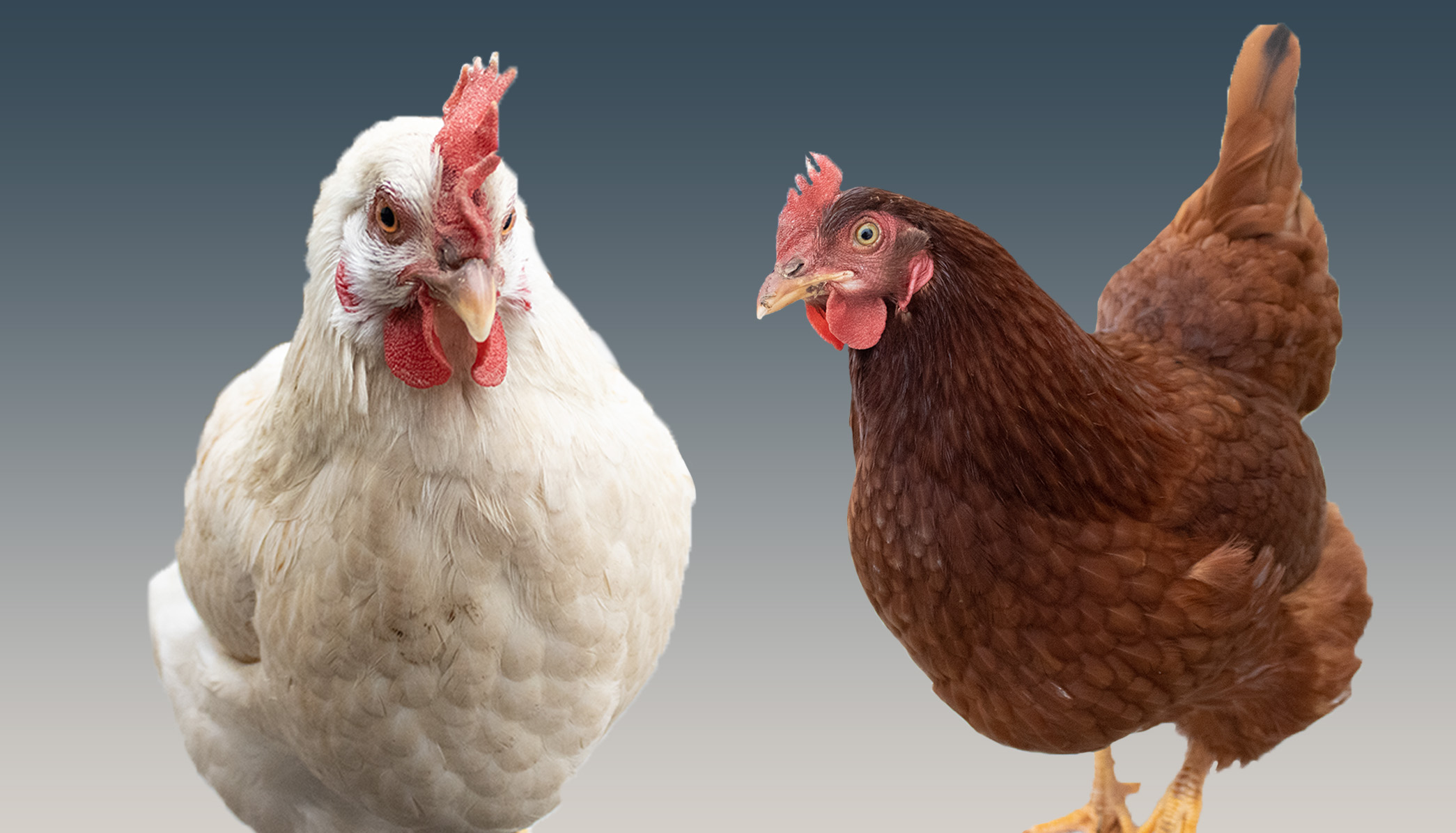How American Bird Flu Scrambled the Egg Industry
Share this story

Despite only being a short period into 2023, shoppers have noticed a new problem this year: shockingly high egg prices, and the cause behind this phenomenon has many farmers concerned.
While eggs have traditionally been considered the cheap, stable grocery of US households, many have been shocked to see the price of eggs rise close to 50% higher than usual. This is not a sign of normal inflation as seen with regular products, but rather a sign of a serious supply decline. The cause is highly pathogenic avian influenza, commonly called bird flu. It is not a new condition under the radar of health officials. This condition like traditional flu is capable of infecting humans but is very rare, and not particularly deadly when treated. This story shifts however when it comes to the subject of its name, avians.
Bird flu is not as mild as the human variant. Instead, it is incredibly lethal to most traditional forms of poultry. In the most common victim, chickens, the pathogen is capable of causing respiratory and digestive distress, before killing the host with an almost 100% fatality rate. Coupled with the incredibly fast and easy infection rate, it is capable of wiping out entire flocks of chickens. While this is common knowledge amongst farmers and some of the public, the death toll of this year, however, was not expected. As of now, avian flu has killed around 57 million chickens, continuing the initial outbreak that started last year. This number is expected to continue and climb. And as this time continues, the true scale of this massive loss of chickens has been seen in one of America’s important staples, eggs. This problem ignited confusion in shoppers who saw a cheap staple rapidly inflate in price. As Stephanie Groathouse, a teacher at Northwest, stated, “I have not cut back, but I have complained about the price of eggs… We spend a lot more on groceries than general.” This common trend has been attributed in part to the heart of America’s egg industry.
Factory farms, the largest suppliers of eggs, are the most easily devastated by bird flu and have seen the hardest losses thus far. This supply issue has not only skyrocketed the demand for factory farm eggs but also for smaller organic suppliers as well. As Rachel Goodrich, a Central Store Manager at local grocery store- Wheatsfield Cooperative, stated, “We have heard from many of our egg suppliers that they have not personally lost any birds, but that they are experiencing higher than normal demand as a result of the avian flu.” This demand has raised prices in locations such as Wheatsfield Cooperative to around 25-50% higher than usual.
This issue has reignited a heated debate around the ethics of factory farming in particular. How can epidemics of this scale be prevented in the future? Many farmers argue the best approach is the adaptation of some organic farming techniques, particularly when it comes to space. As Jordan Clasen, an organic farmer and owner of Grade A Farms, stated, “Just like a human… If you are eating junk food and you work in a cubicle with a thousand other people on your floor you are probably going to get sick… I think it is a real similar analogy with chickens.” This argument has created a movement for a relook through the structure of factory farming, as many farmers have blamed the cramped conditions for the wildfire spread of avian flu.
Despite intense efforts to slow the spread, avian flu currently has no signs of slowing down and is expected to continue through this coming month.
